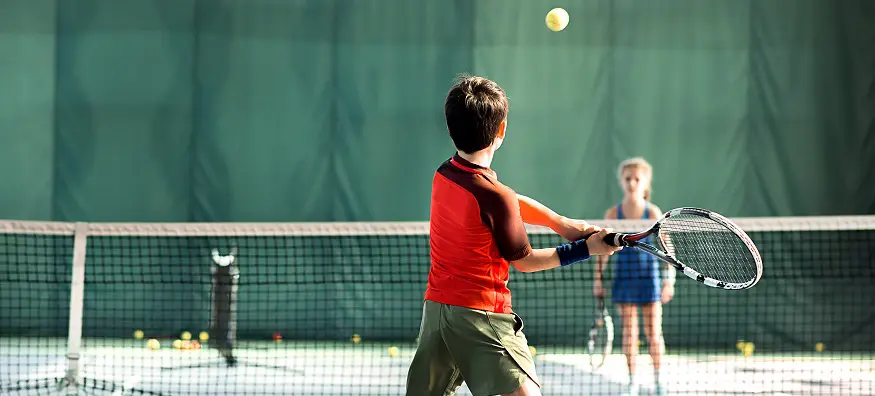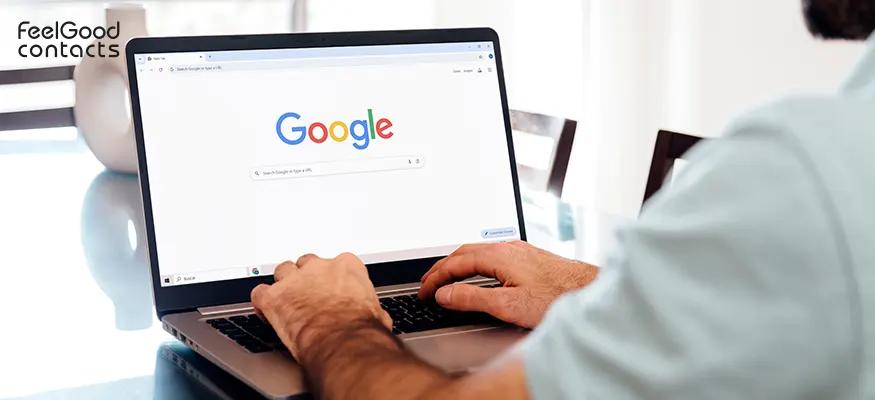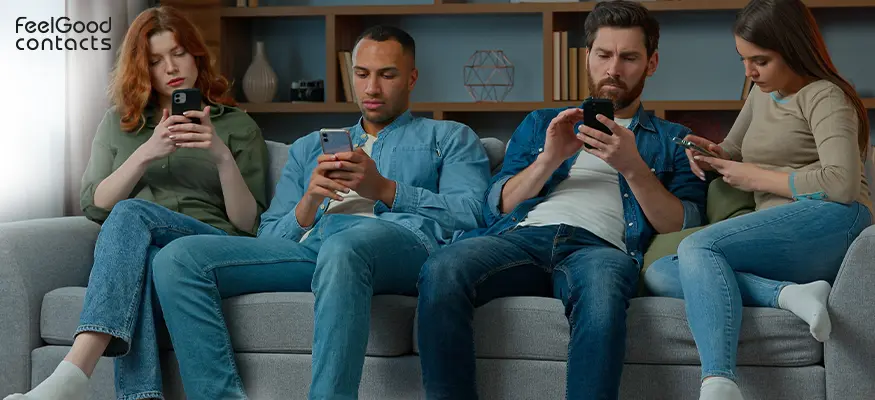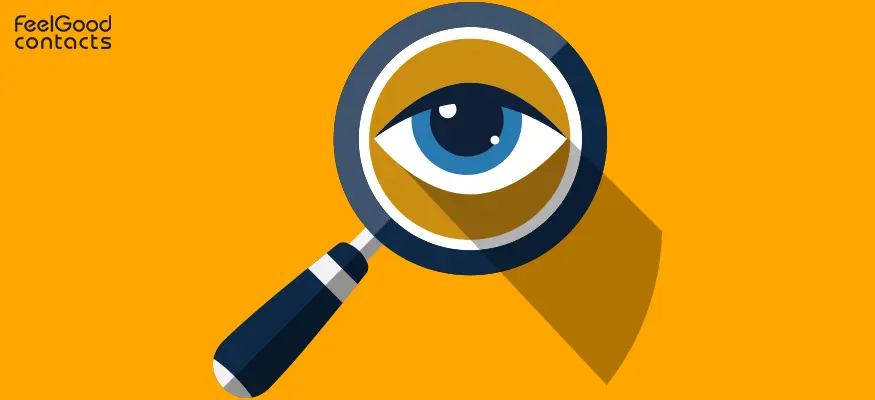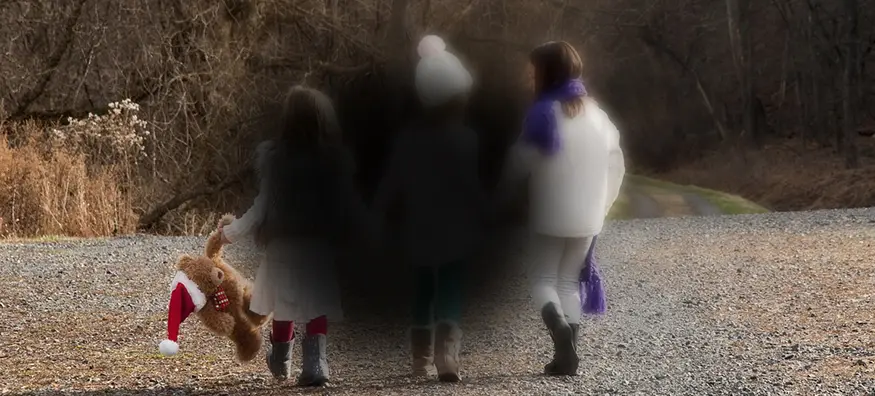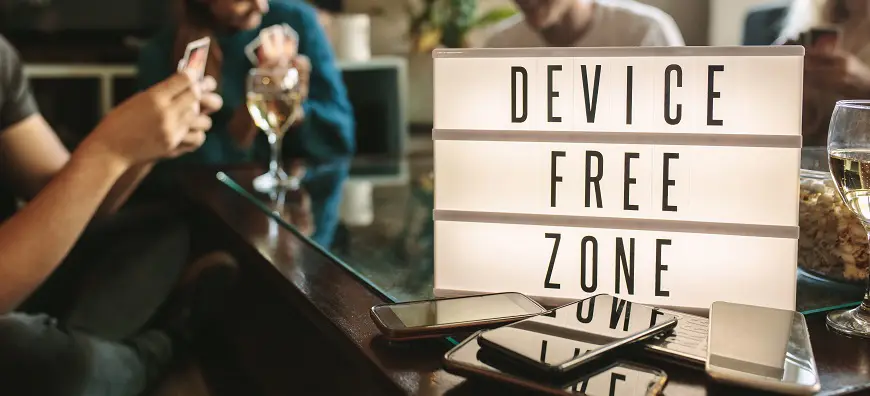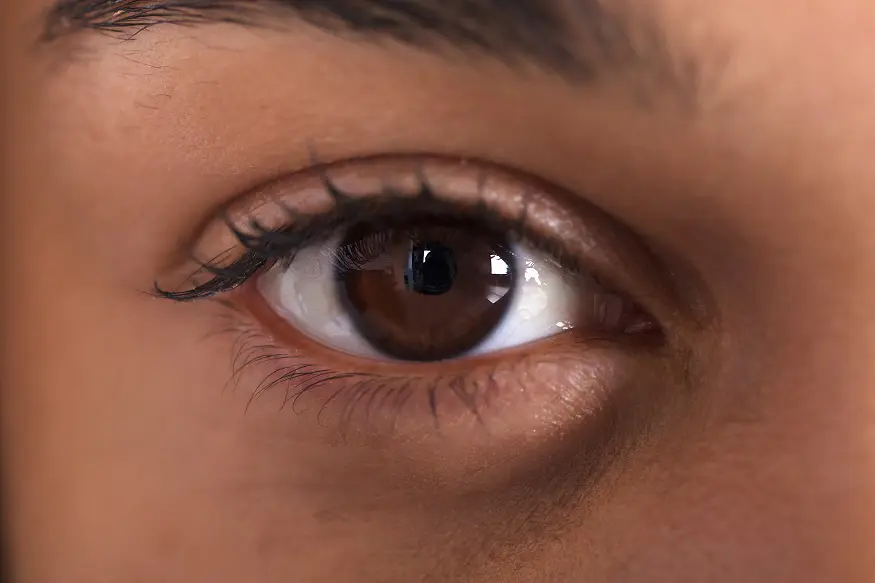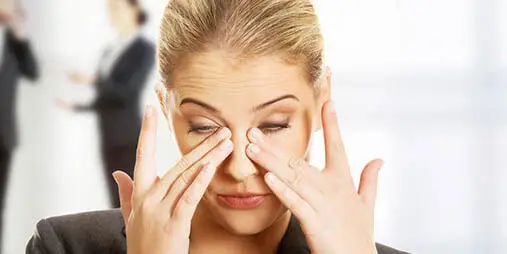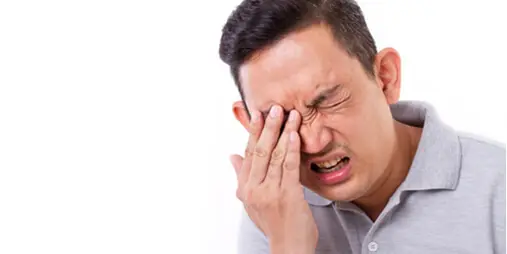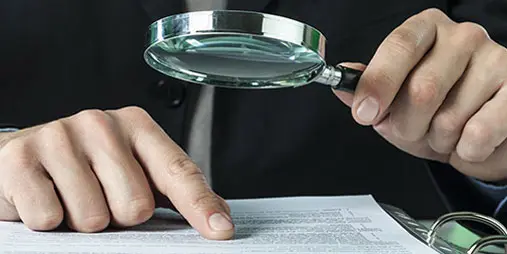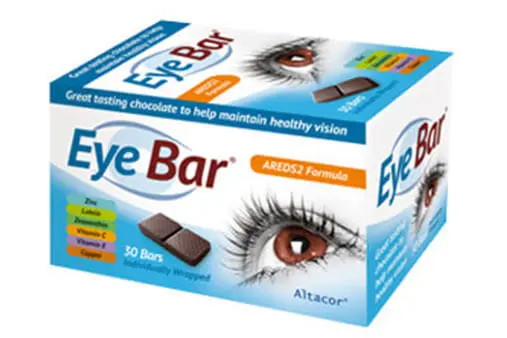Have you ever looked up at the sky and thought you could see a face on mars or the moon? Do the shapes in clouds look like a person to you? Then you might have Pareidolia, a psychological phenomenon that causes you to see patterns in random objects, images and sounds. More often than not, it causes you to recognize faces in random images or everyday objects.
What is Pareidolia?
Those who have Pareidolia (pronounced: pa-reh-doh-lee-a) will see significance or hidden messages in random stimulus. People with this neurological phenomenon will look at strange objects and see a human face. These random objects can be anything from backpacks to washing machines. So, why do we see faces where there shouldn’t be?
Why do I see faces in objects?
Pareidolia is thought to be a survival mechanism for human beings. Seeing faces in objects may sound like a random ability, but it was essential to our survival in more primitive times. Our in-built facial recognition can help us to quickly figure out if we’re being faced with a friend or a predator. When the choice is between hunt or be hunted, it’s far safer to assume that swirl of tree knots you can see in the distance is a lion and run to safety.
Pareidolia can also help us in modern life. Interpreting someone’s facial expressions can be a useful tool for assessing their thoughts and motives, sometimes it can even be a more useful indicator than their words.
How common is Pareidolia?

Pareidolia on social media
It appears to be very common, if you follow the #iseefaces hashtag on Instagram or Twitter you’ll find countless images of everyday objects that appear to have faces. You’ll see faces growing out of bell peppers, the stains on wooden flooring, rock formations, door handles, shop windows and plant pots. The list of random objects is seemingly endless. One of the wonderful things about social media is the ease with which you can find people who are experiencing the same things you are.
Pareidolia in religious culture
There have been many accounts of people seeing religious faces in random objects. Diane Duyser famously thought she could see the Virgin Mary on a cheese sandwich. She kept the sandwich for a decade before selling it on eBay for $28,000. This clearly had an impact on pop culture too. In 2010, the American television programme Glee broadcasted an episode in which Finn Hudson (played by Cory Monteith) sees the face of Jesus in his grilled cheese sandwich.
It seems that those who are already looking for significance out in the world are more prone to finding it in all sorts of places, even in the burnt patterns of their toast. For some people, Pareidolia provides a sign from God. As a species we’re always looking for meaning and one way we find that meaning is through signs and symbols. Seeing religiously significant faces in objects is very popular around the world for this reason.
Do I have Pareidolia?
If you regularly see a human face in everyday items or hear voices in high/low frequency music or music played backwards, then you could have Pareidolia. There are many quizzes online – that potentially were not created by neuroscientists - that could help you determine if you see faces in objects or not.
I have Pareidolia, should I be worried?
Although this was once thought to be a sign of psychosis, the phenomenon of Pareidolia is now widely recognised as a healthy part of human nature. Unlike eye conditions such as Glaucoma, this bizarre ability we have is harmless. As soon as we’re born, we discover how to recognise human faces, it’s an important skill to have and one you definitely shouldn’t be worried about.
















